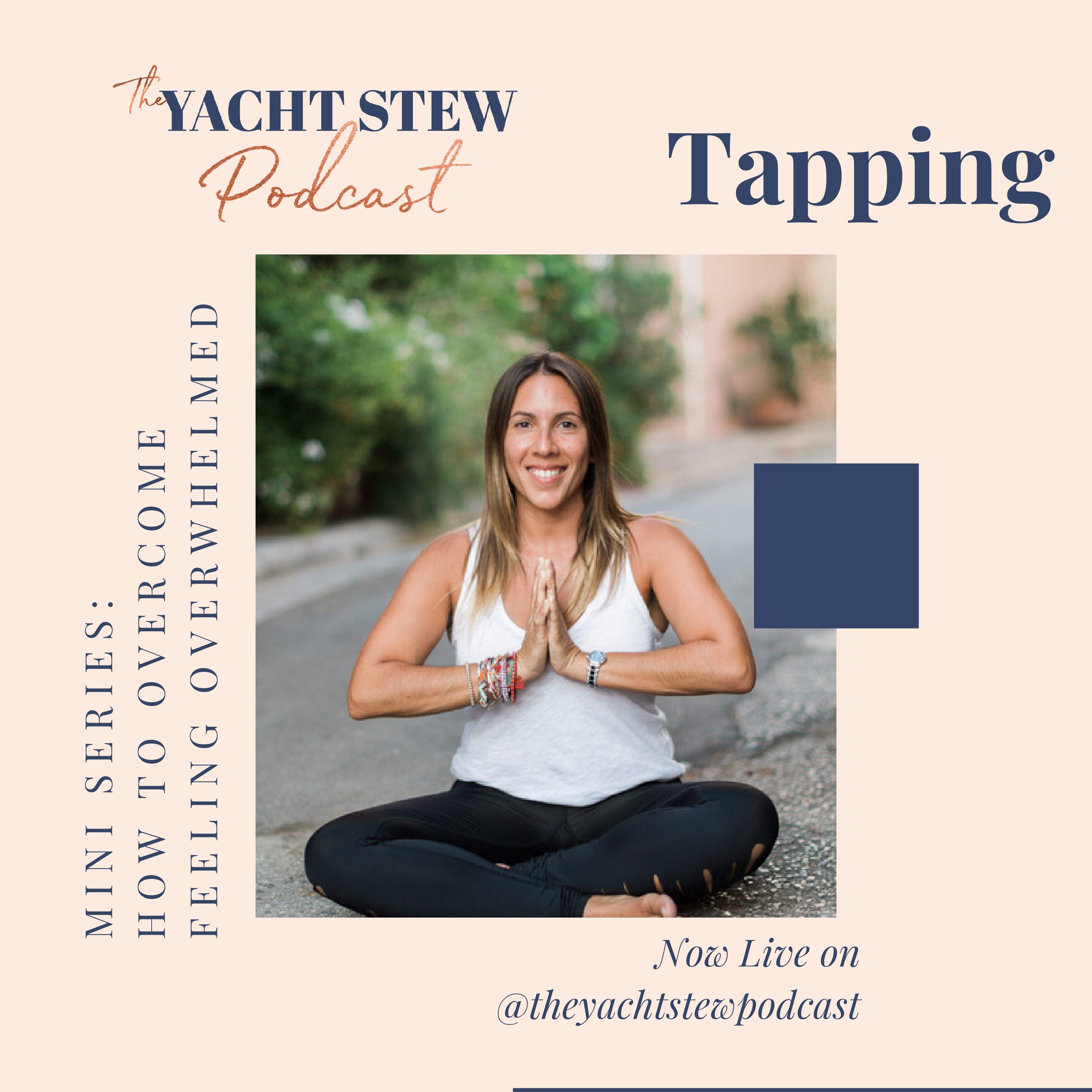NU ECO sponsors this episode. An eco-friendly & sustainable cleaning product company based in beautiful South Africa. To learn more, visit https://www.nu-eco.co.za

In this episode of The Yacht Stew, I speak with the Afternoon Tea Expert, Eileen Donaghey. She advises hotels and other venues on how to improve their offering for guests by providing comprehensive feedback on the food & beverage quality, presentation, service, pricing and menu. Eileen also hosts events based in London where tourists can join her in experiencing this well-known tradition in British culture. At these gatherings, she speaks with attendees about the history and etiquette around afternoon tea.
Afternoon tea is “one of those occasions where you can either go all-out or stick to the essentials.” According to Eileen, these essentials include a small plate, teacup, saucer, a small pastry fork, and a small butter knife for each attendee. Then, of course, there is the teapot, as well as the jams and cream and, finally, plates for your sandwiches, cakes, and scones. Those iconic tiered stands are usually reserved for venues outside the home and are mainly utilised for space-saving purposes.
Eileen explains the differences between cream tea, afternoon tea, and high tea. Cream tea is the smallest t occasion of the three and consists of a pot of tea and scones. Afternoon tea is a larger meal with tea, usually at 4 pm, comprising three courses: the sandwich course, followed by the scone course and finished with the pastry course. Afternoon tea is also known as “low tea” as it was often served at lower tables as a relatively light meal bridging lunch and dinner. “High tea”, on the other hand, is a more substantial evening meal (including such items as pie and quiche) served on higher dining tables. This is contrary to the notion that high tea is a fancier affair reserved for the elite. Finally, Eileen shares that the subset known as royal afternoon tea is your traditional afternoon tea with the addition of a glass of champagne.
Listen in as Eileen shares a brief history and the fundamentals of afternoon tea, the difference between Cornish and Devon scones, the contents of traditional tea sandwiches, how to decide which tea and jams to serve, best practices for arranging the table, and why raising your pinky finger when you drink from a teacup is a big no-no.
Here’s a glimpse of what you’ll learn:
- The essentials of afternoon tea
- Scones: Should you put cream first or jam? Also, what’s Eileen’s preferred jam flavour?
- The differences between cream tea, high tea, afternoon tea, and royal afternoon tea
- Different teas for different pairings
- How to serve guests at an afternoon tea party
- Eileen’s favourite spot in London for afternoon tea
- Etiquette rules for afternoon tea
Memorable Quotes:
“When you go for afternoon tea, you are there for the afternoon, so you want to have a nice time and talk to people.”
“My number one tea that you should always have is the English Breakfast or Black Tea blend equivalent.”
“If you’re the host, you need to communicate effectively whatever your intention is.”
“Raising your pinky finger when you drink is a big no-no.”
“Scones are part of the bread family, so it’s important to use your fingers to break the scone instead of the knife.”
Get more tips and questions answered about this great British tradition at AfternoonTeaExpert.co.uk, or check out Eileen on Instagram @afternoontealondon, where she posts regularly about all things scones, pastries, and afternoon tea.
Podcast: Play in new window | Download
- Managing TWO full time jobs, while changing the world - October 16, 2020
- Mini Series: Dealing with being overwhelmed // Yoga - October 9, 2020
- Mini Series: Dealing with being overwhelmed //Breathing - October 8, 2020







